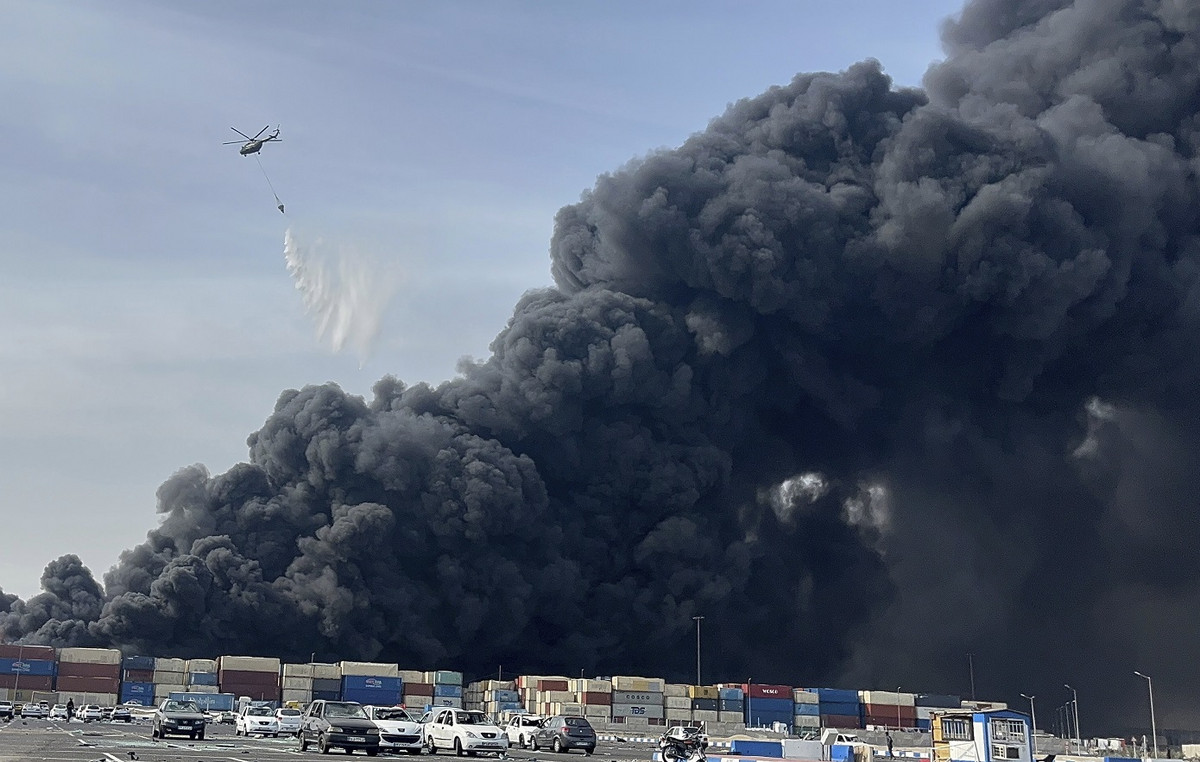Study published this month in the journal Emerging Infectious Diseases shows that the mayaro virus It is chikungunya are circulating at the same time (co-circulation) in the Amazonian state of Roraima. According to the authors, the finding reinforces the need for more effective epidemiological surveillance actions in the region.
A discovery contradicted the researchers' expectations. The initial hypothesis was that places where the rate of infection by one of the pathogens was high would be refractory to the circulation of the other virus, he says. José Luiz Proença-Modena professor at the Institute of Biology at the State University of Campinas (IB-Unicamp) and one of the main authors of the article.
“As mayaro and chikungunya have a high degree of antigenic sharing, it was expected that one infection would protect the individual from the other. In other words, the belief was that specific antibodies and T lymphocytes [células do sistema imune] produced in response to infection by one of the viruses had the ability to recognize the other. However, contrary to this, we detected mayaro and chikungunya in the same regions,” he says. He emphasizes, however, that no cases of individuals infected simultaneously by both pathogens have been identified.
In the authors' assessment, the co-circulation of these arboviruses indicates the need to implement molecular methods for accurate diagnosis (RT-PCR tests, which detect the genetic material present in biological samples). “These are diseases that are clinically confusing, as they cause similar symptoms, such as high fever, joint pain and tiredness”, he points out. Julia Forato former FAPESP scholarship holder and author of the study.
As the researcher explains, the mayaro virus is transmitted by a wild mosquito [Haemagogus janthinomys] – the same vector as yellow fever. But deforestation caused by the illegal exploitation of natural resources, especially mining, can cause mayaro transmission to occur in urban environments.
According to Forato, people who work in forest environments – in mining, logging or fishing, for example – could act as a bridge, facilitating the eventual introduction and establishment of mayaro transmission in urban environments. In the study, 11% of the samples infected by this virus were from fishermen.
“Only with the implementation of increased molecular and genomic surveillance, both in humans and mosquito vectors, will it be possible to monitor the potential establishment of mayaro in a transmission cycle amplified by humans. We need robust surveillance, not only to identify how much human activity in forest areas can impact the dynamics of virus circulation, but also to predict possible new outbreaks. All of these diseases are very disabling, generating financial and social losses for patients, in addition to placing an excessive burden on the healthcare system to care for these patients”, highlights Proença-Modena.
Amazon+10
The project that gave rise to the article in question seeks to evaluate how human activity in forest areas impacts the dynamics of viral circulation. The team set out to investigate this relationship in three focal points: in the reoccupation of BR-319 (Manaus-Porto Velho Highway, which is being recovered), in a mining area in the State of Pará and in the State of Roraima, which records a high population of migrants and where there is a strong presence of mining in forest areas close to cities.
The undertaking involves, in addition to Unicamp, groups from the Federal University of Roraima (UFRR), the Central Public Health Laboratory of Roraima, the University of São Paulo (USP), Fiocruz Amazônia, Imperial College London (United Kingdom) and from the University of Kentucky (United States). And it receives support from FAPESP through three projects (22/10442-0 , 17/22062-9 It is 16/00194-8 ).
The work integrates the Amazon+10 Initiative which brings together several funding agencies from Brazil and abroad, including FAPESP, to support research and technological innovation in the Legal Amazon, promoting nature-society interaction and sustainable and inclusive development in the region.
“This is the first work carried out in the project, with the aim of understanding which viruses were circulating in Roraima. From the analysis of samples collected between December 2018 and December 2021 – during dengue and chikungunya outbreaks in Roraima – we created an overview of which arboviruses were circulating there”, informs Proença-Modena.
Of the 822 blood samples collected from patients treated at health centers and who had an acute febrile illness (high fever associated with chills, headache, muscle pain or cough generally related to an infectious agent), 190 (23.1%) tested positive for some arboviruses (viruses transmitted by invertebrate vectors, especially mosquitoes).
The researchers extracted RNA from all blood samples and, using molecular tests such as rRT-PCR, detected dengue in 146 of them (17.8%), mayaro in 28 (3.4%) and chikungunya in 16 ( two%). In addition to these pathogens, the Zika and Oropouche viruses were also searched for (but not found).
“In addition to identifying the co-circulation of mayaro and chikungunya and a very high frequency of dengue [inclusive coinfecção de dengue 1 e dengue 2]we note that, in most cases [76,9%], it is not known which virus is causing the infection. Therefore, it is likely that there is something new out there”, warns Proença-Modena to FAPESP Agency .
The article Molecular Epidemiology of Mayaro Virus among Febrile Patients, Roraima State, Brazil, 2018–2021 can be read at: wwwnc.cdc.gov/eid/article/30/5/23-1406_article.htm .
Source: CNN Brasil
I am an experienced journalist and writer with a career in the news industry. My focus is on covering Top News stories for World Stock Market, where I provide comprehensive analysis and commentary on markets around the world. I have expertise in writing both long-form articles and shorter pieces that deliver timely, relevant updates to readers.







